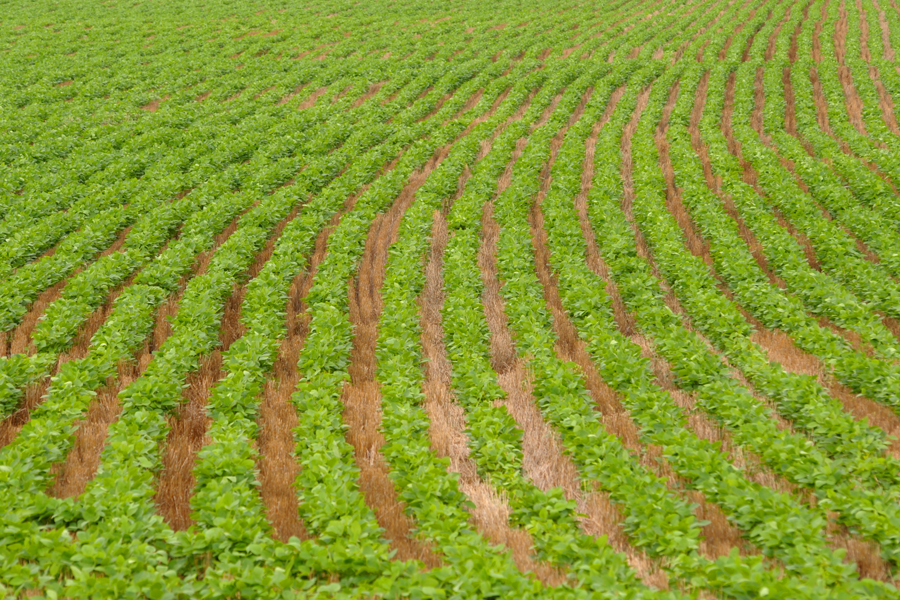K-State entomologist explains the potential impact of pest in Kansas fields
Soybean gall midge, a new pest to soybean production in the United States, has been found in two northeast Kansas counties.
Kansas State University entomologist Anthony Zukoff said the pest causes devastating damage to fields.
“After several years of Nebraska counties on the Kansas line having infestations, soybean gall midge finally showed up in northeast Kansas — in Nemaha and Marshall counties — last year,” Zukoff said.
The tiny flies lay their eggs in soybean fields and bring harm to plants by feeding on their stems, according to Zukoff.
“Their maggots consume tissue inside the stems of the plants, and this leads to severe lodging (plants falling over) and outright plant death.”
Lodging and plant death can give rise to fields having considerably poor yields at harvest.
“From the field edge, which is where the infestations typically start, to about 100 feet into the field you could have complete yield loss,” Zukoff said. “Beyond that, at about 300 to 400 feet you could look at about 20% yield loss.”
To detect soybean gall midge, Zukoff encourages producers to scout fields for wilting soybean plants.
“At the base of the plant, they might have a swollen, darkened stem. If you see symptoms like that (wilting, swelling and dark coloration), cut the plant down the middle and look for maggots inside the stem.”
He added: “If you do see some maggots, especially if they’re bright orange, reach out to your local extension professionals because early detection for this pest is really important.”
Report a soybean gall midge appearance to professionals at local extension offices in Kansas or by contacting the K-State entomology department.
Soybean gall midge possess unique physical characteristics making them easily identifiable.
“Soybean gall midge are small, gnat-like flies that are just a couple millimeters long,” Zukoff said. “They have a bright orange-colored body. They have mottled wings, and their legs are striped. The maggots start out as a cream color and as they mature, become bright orange.”
Currently, there are no practical insecticide recommendations for treating a soybean gall midge infestation due to their recent emergence. Still, producers have other options available to them that can keep the pest from injuring soybeans.
“If you have a field that’s been infested very heavily next to a field that you want to plant, you might consider not planting near those fields,” Zukoff said. “You can also rotate to a different crop for a growing season or two.”
Growers can also manage the pest by hilling soil near the plants. Zukoff said researchers in affected areas haven’t published anything official regarding management.
“There is some promising work looking at the cultural technique of hilling soil at the base of plants early in the season. This is preventing the adult from getting eggs laid in those stems because it’s protected by soil. Research for that is ongoing and it might not be very practical for everybody,” he said.
Visit the Soybean Gall Midge Alert Network to stay up to date on the pest’s presence in Kansas.




